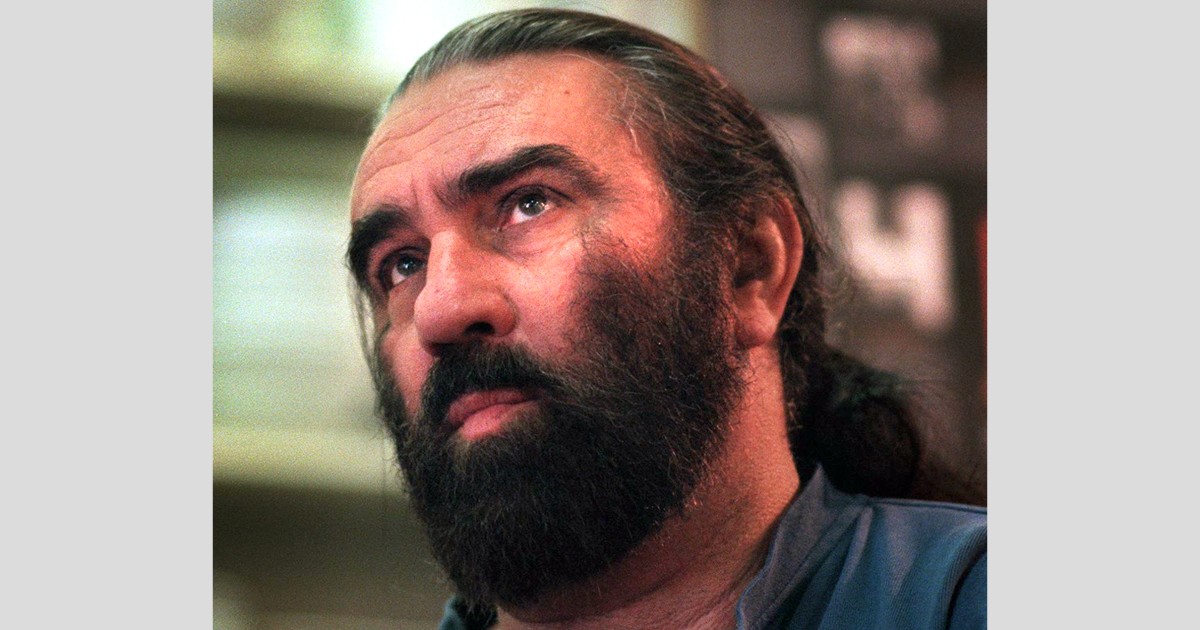
Richard “Dick” Marcinko, the first commanding officer of Navy SEAL Team 6, the group of highly trained warriors that killed Osama bin Laden in 2011, died on Christmas Day at the age of 81, according to his family.
Kathy Ritchie, Marcinko’s daughter, confirmed the retired commander and Vietnam War veteran’s death to NBC News on Monday morning.
In a family statement released later on Monday, Nancy Marcinko, Marcinko’s wife, said he “quietly passed away at home due to a heart attack.”
“To the outside world, he was the Rogue Warrior and Demo Dick but to us he was and always will be a husband, father, and loving Opa,” Nancy Marinko said. “For over thirty years he proudly devoted his life to serving his country as a Navy Seal. After he retired, he continued to mentor and encourage young Seals while inspiring and entertaining many with his books and personality.”
“Few know of his soft and giving nature. Though he is gone, the mark he left will never fade. As a family we acknowledge this is not just our loss and there are many of you mourning with us. We sincerely appreciate the warm thoughts and condolences.”
The National Navy UDT-SEAL Museum in Fort Pierce, Florida, remembered Marcinko in a Facebook post, saying he “played a very unique part in SEAL history, leaving a legacy like no other.”
Marcinko enlisted in the Navy in 1958 and eventually worked his way up to the rank of commander. In addition to developing SEAL Team 6, he also created Red Cell, another prominent counterterrorist unit within the military, according to NavySeals.com.
Marcinko was a two-time Vietnam War veteran, who also served in Cambodia, and Iran, according to the museum.
He was part of a Joint Chiefs of Staff task force known as the Terrorist Action Team (TAT) during the Iran hostage crisis in 1979, where Iranian protesters raided the U.S. Embassy in Tehran and held Americans hostage. TAT’s work led to Operation Eagle Claw, the failed 1980 attempt to rescue the hostages, the museum wrote in its post. The 52 U.S. captives were eventually released Jan. 20, 1981.
“After this tragic operation, the Navy recognized a need for a full-time dedicated counter-terrorist team and tasked Marcinko with its design and development,” the museum stated.
Marcinko was selected as the first commanding officer of the new unit. Though the Navy only had two SEAL teams at the time, he named the unit “SEAL Team 6” to “fool other nations, notably the Soviet Union,” into believing the United States had more teams that they didn’t know about, according to the museum.
He commanded SEAL Team 6 from August 1980 to July 1983.
In addition to his military career, he wrote several books including an autobiography titled “Rogue Warrior.”
Source: | This article originally belongs to Nbcnews.com









